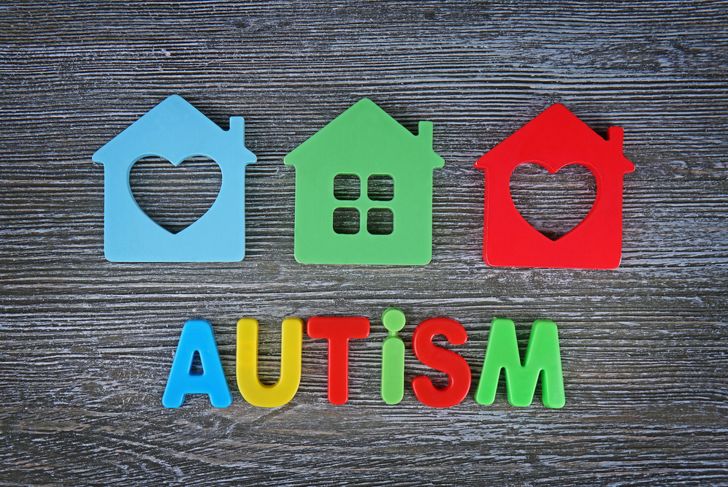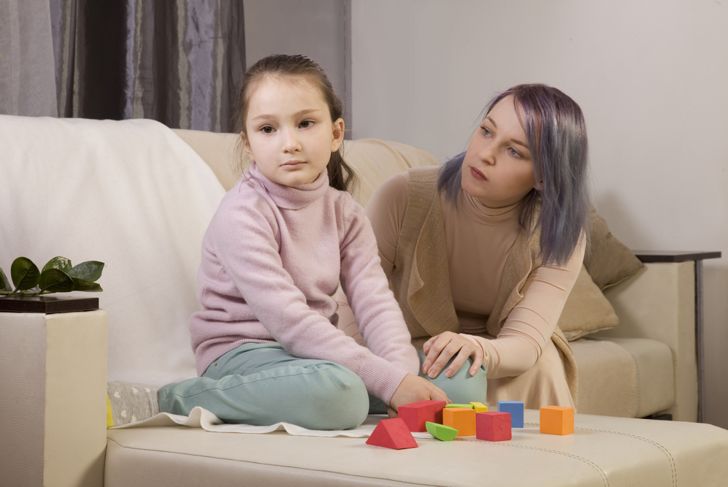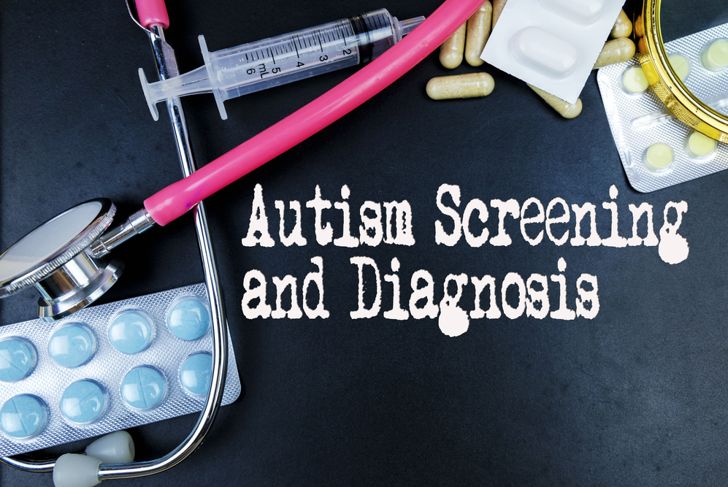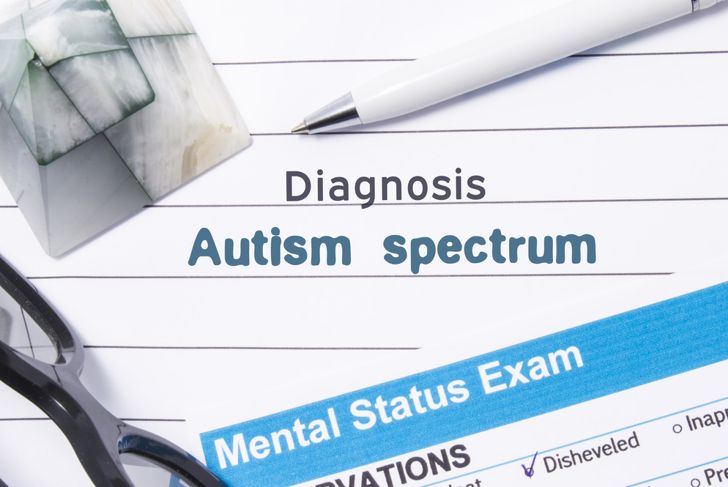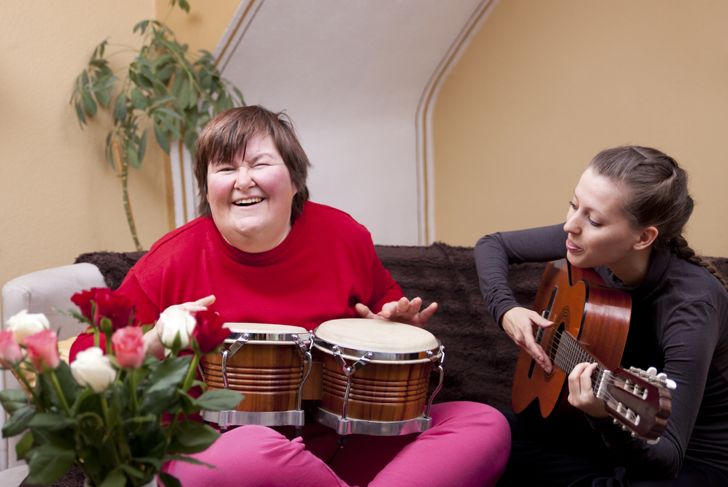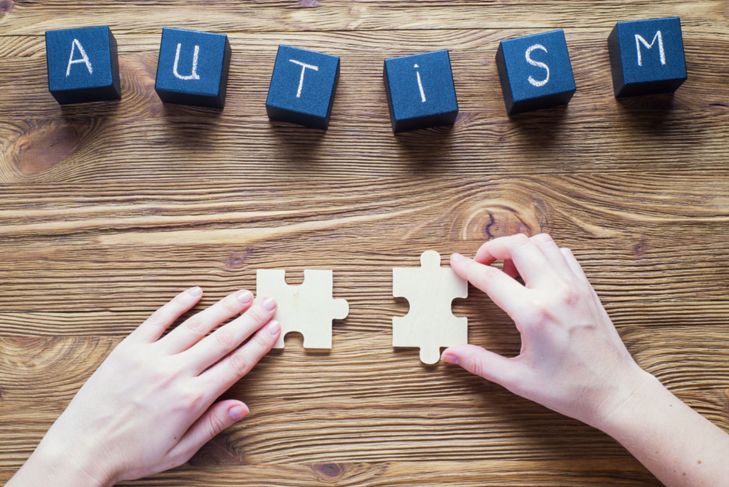According to the latest statistics, one in every 68 babies born in the USA has autism spectrum disorder (ASD or autism for short). This condition seriously affects communication abilities. Over the last half-century, there have been significant advances in our understanding of this condition. Sometimes only at a later stage in the child’s development does the family discover that their child has autism. Integrating people with degrees of autism into normal life is possible and beneficial. Although there is currently no cure, professional interventions can help alleviate specific symptoms.
Treatment approaches are highly individualized
The first thing you need to understand about autism treatments is that they need to be custom-designed for each child. Many medical conditions follow a standard pattern, so similar care programs work well, but the symptoms of autism vary so widely that this doesn’t always work. Each person with autism requires an individual assessment. Sometimes the amount of intervention needed to assist in the child’s development can be very costly and time intensive.
A team of professionals working together
In contrast to many other medical conditions, autism causes medical, psychological, social, and educational problems. The most effective intervention demands a joint effort from experts in all these fields. The doctor needs to address the physical health issues, while the instructional specialist focuses on the learning difficulties, and the mental health experts focus on behavior. One of these professionals, or a third party with appropriate qualifications, needs to coordinate these treatments. For example, the psychiatrist needs to know if the new medicine the doctor prescribed has adverse effects on the patient’s emotional state.
How parents improve communications
Any intervention that results in an improvement in communication between a child with autism and their parents is a successful intervention. The inability to express their wishes is a key trigger of the anti-social and sometimes violent behavior that people with autism sometimes display. Experts suggest several strategies to try: parents should remember to use the child’s name when speaking to him/her, and they also should try to ensure that background noise is absent while talking with their child.
Developing social skills
Parents certainly have a key role in improving the lives of children with autism, but it requires professional skills to make further progress. Specialized speech therapists help to develop the child’s limited language skills. With younger children, in particular, play therapy assists the child to improve their abilities to interact with others. As these children develop, they also require assistance understanding how other people express their emotions and the proper way to respond. The social skills that form naturally with ordinary people need to be nurtured in those with autism.
Medications help relieve autism symptoms
Even though autism is incurable, regular medications can help to alleviate some of the symptoms that can make an autism disorder specially challenging. There are numerous examples of effective medicines for specific autism-related issues. To help a child (and their parents or caregivers) get a reasonable night’s sleep, a medicine called melatonin may be given to treat sleeping problems. To deal with extreme cases of violent behavior, antipsychotic medications can make a significant difference. Sometimes people with autism also have epilepsy. If this happens to be the case, doctors frequently prescribe anticonvulsant medications.
Intervention in a school setting
Where the degree of autism allows integration into a standard educational environment, special help ensures this proceeds as smoothly as possible. Regular children acquire essential reading, writing, and arithmetical skills by a certain age, while students with autism may require additional help or, in some cases, reach their full capacity sooner. It can make a world of difference if they receive individual assistance from someone who understands their unique communication problems and learning difficulties. If the degree of autism is more severe, only purpose-built educational institutions can cater to them.
Diagnosing the causes of problematic behavior
Sometimes it is possible to find what triggers anti-social or violent behavior in people with autism. If the triggers are neutralized, the behavior improves. The difficulty comes in locating the trigger. In some instances, the cause turns out to be a mental health problem, but it could just as well be a physical health issue. Additionally, on occasion, certain environmental factors are to blame. For example, if the person shows signs of extreme anxiety you should check if something in their surroundings causes them particular distress.
Treating autism through diet
Some natural food advocates claim that a change in diet is integral to successful autism treatments. Perhaps specific artificial ingredients commonly found in processed foods exacerbate autism symptoms? Gluten free and casein free diets are the most popular of their recommendations. Conventional doctors dispute the idea that there could be any connection between food and autism. This is a treatment area where it is possible to experiment. It is important to ensure the person receives sufficient nutrients and proteins. If a healthier menu appears to improve their general condition, then everyone benefits.
Music therapy
One of the most unorthodox approaches to autism treatment uses music therapy. Practitioners call this method auditory integration training. The idea is that listening to various types of music played at different levels and tones produces positive reactions in people with autism. This treatment lacks serious medical studies to testify to its effectiveness. Conventional doctors typically would not recommend it, as they view it at best as a waste of time and money.
Facilitated communications
This is another highly controversial approach to communicating with people with autism. Those who practice it claim it enables them to bypass their physical communication difficulties and speak directly with the soul. They hold the person’s hand as it points to letters on a board or computer keyboard, or perhaps it moves the computer mouse. The messages spelled out are supposed to express the thoughts that they are unable to express verbally. This technique has attracted great interest, but many doubt if it is genuine.

 Home
Home Health
Health Diet & Nutrition
Diet & Nutrition Living Well
Living Well More
More